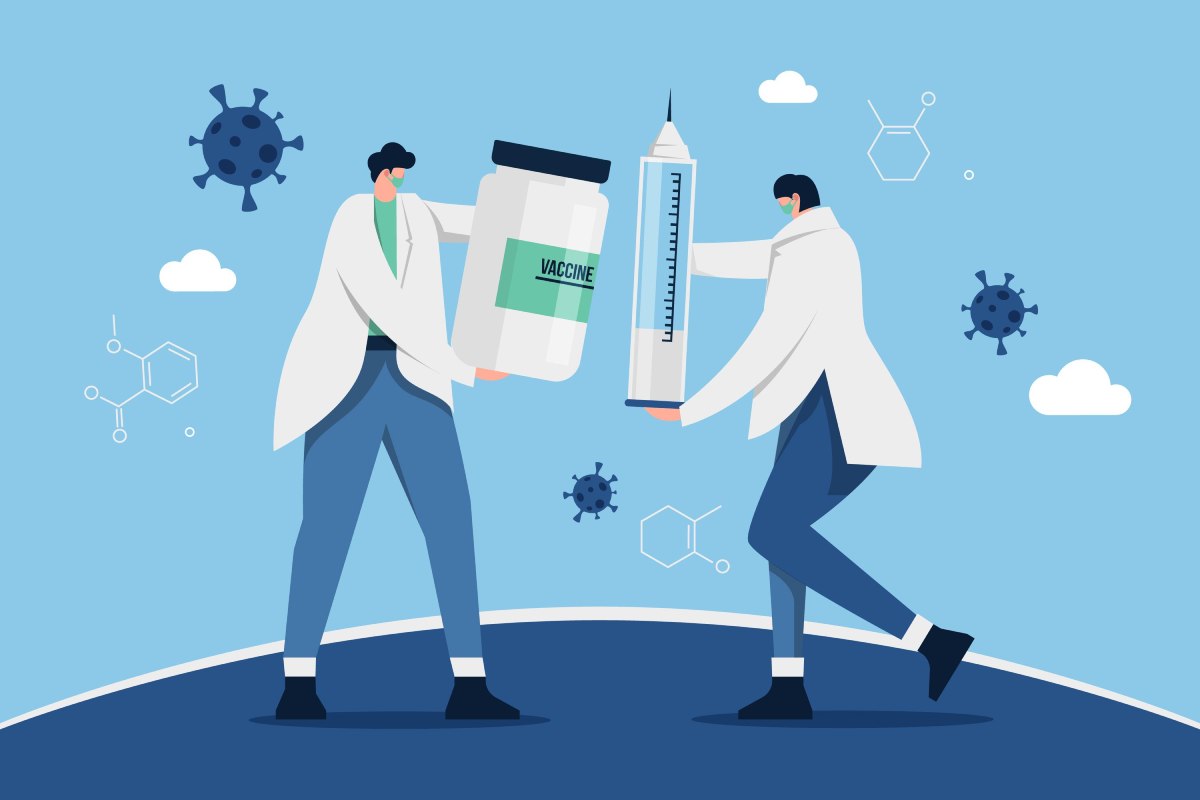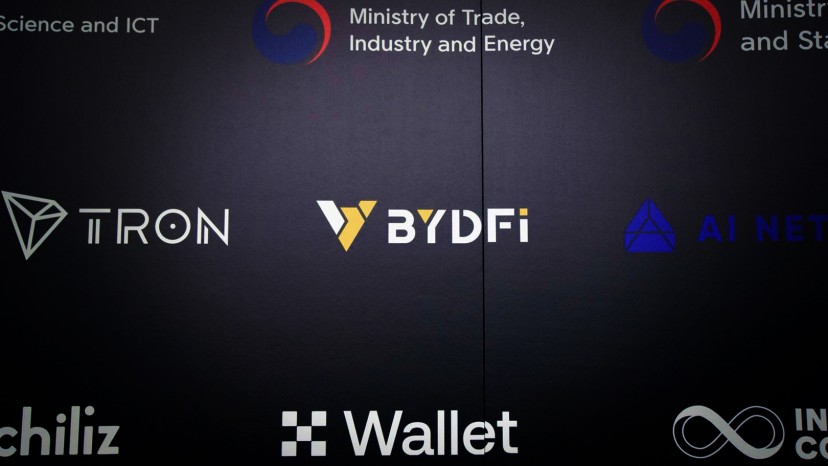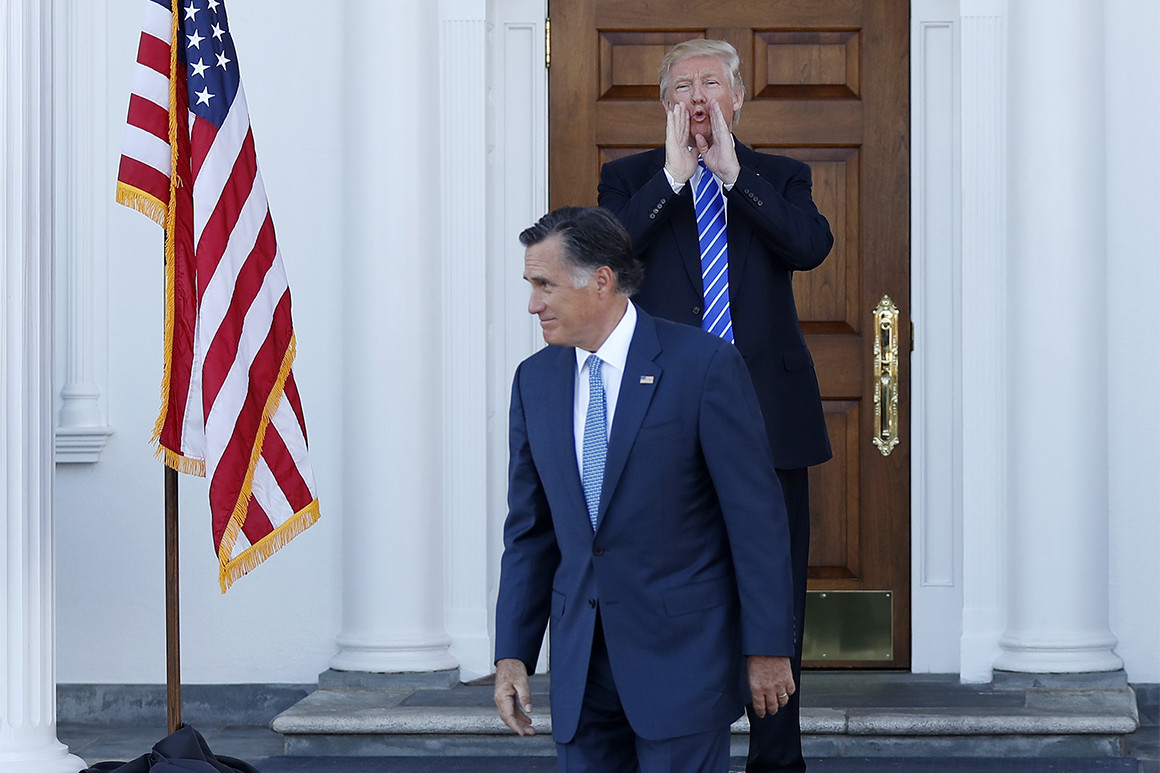The arena of labor negotiations is a complex interplay of interests, expectations, and regulations. Among the myriad factors that can influence these negotiations, DOT drug testing stands out as a significant player. The Department of Transportation (DOT) mandates rigorous drug and alcohol testing for safety-sensitive employees in industries like trucking, aviation, and public transport. This requirement not only ensures safety but also shapes the dynamics of labor negotiations in profound ways. Let’s explore how.
Understanding DOT Drug Testing
Before delving into its impact on labor negotiations, it’s crucial to understand what DOT drug testing entails. This testing is a federal requirement aimed at ensuring that individuals in safety-sensitive positions are not impaired by substances that could jeopardize public safety. The tests are standardized and include pre-employment, random, post-accident, reasonable suspicion, return-to-duty, and follow-up testing.
The rigorous nature of dot drug testing in Dallas ensures a clean and safe working environment. Picture a bustling airport terminal or a crowded highway. The peace of mind that comes with knowing that the pilots, drivers, and operators are clean of impairing substances is invaluable. This assurance, however, comes with its own set of challenges in labor negotiations.
Labor Negotiations and Employee Rights in Dallas
In any negotiation, the balance between employer expectations and employee rights is delicate. DOT drug testing adds an additional layer to this balance. Employees may express concerns about privacy and autonomy, feeling that mandatory testing infringes on their personal lives. These expressive concerns are not unfounded, as the repercussions of a failed drug test can be career-altering.
Employers, on the other hand, prioritize safety and compliance with federal regulations. This creates a dynamic where both parties must gradually find common ground. The gradual process of negotiations often involves addressing these expressive concerns and ensuring that employee rights are respected while maintaining safety standards.
The Role of Trust and Transparency
Trust is the cornerstone of effective labor negotiations, and DOT drug testing plays a pivotal role in fostering or eroding this trust. Transparency in the testing process, clear communication about policies, and fair treatment of employees who test positive are essential. When employees understand the necessity and fairness of the testing procedures, it builds a foundation of trust that can lead to more fruitful negotiations.
Imagine a scenario where an employee, let’s call him John, is randomly selected for a DOT drug test. The process is transparent, and the results are communicated clearly. John feels respected and valued, knowing that his employer is committed to maintaining a safe work environment. This trust makes John more receptive to other elements of the negotiation process, fostering a positive relationship between him and his employer.
Balancing Safety and Personal Freedoms
One of the most challenging aspects of incorporating DOT drug testing into labor negotiations is balancing safety with personal freedoms. Employees may feel that their personal freedoms are compromised by mandatory testing, leading to resistance and tension during negotiations. It is essential for employers to address these concerns empathetically.
Employers can mitigate these tensions by providing education on the importance of DOT drug testing and how it protects not only the public but also the employees themselves. By framing the conversation around safety and mutual benefit, employers can gradually ease the concerns of their workforce. This approach requires patience and understanding, but it ultimately leads to a more harmonious negotiation process.
Cost Implications and Resource Allocation
The implementation of DOT drug testing also has financial implications that affect labor negotiations. Testing programs require resources, and these costs can become a point of contention. Employees may argue that funds allocated to drug testing could be used for better wages or improved working conditions.
Employers must demonstrate the long-term benefits of DOT drug testing, such as reduced accidents and liability risks, which ultimately protect the company’s financial health. By showing the correlation between a safe work environment and profitability, employers can justify the allocation of resources toward testing programs.
Anecdote: The Expressive Employee
Consider the case of Sarah, an expressive employee who values her personal freedoms. During labor negotiations, Sarah raises concerns about the invasiveness of DOT drug testing. Her voice is passionate, and her concerns are valid. The negotiation team listens and acknowledges her feelings, addressing her concerns with empathy and transparency. Over time, Sarah sees the bigger picture and understands the necessity of testing for safety. Her expressive nature, once a source of tension, becomes an asset as she helps foster open communication and trust on both sides.
Evolving Policies and Future Considerations
As societal attitudes toward substances like marijuana evolve, labor negotiations must adapt. The legalization of marijuana in several states poses new challenges for DOT drug testing policies. Negotiators must stay informed about legal changes and work collaboratively to update policies that reflect current laws while maintaining safety standards.
The evolution of policies requires a proactive approach from both employers and employees. By engaging in continuous dialogue and considering the changing landscape, labor negotiations can remain relevant and effective.
In the End: Building a Safer Future
DOT drug testing undeniably influences labor negotiations in multiple ways. From ensuring a clean and safe working environment to addressing expressive employee concerns, the impact is far-reaching. By prioritizing trust, transparency, and open communication, both employers and employees can navigate these negotiations successfully.
As we move forward, the gradual process of finding common ground and adapting to evolving policies will be essential. By embracing these challenges, we can build a safer and more harmonious workplace for everyone involved. The journey may be complex, but the destination—a workplace where safety and rights are balanced—makes it all worthwhile.




